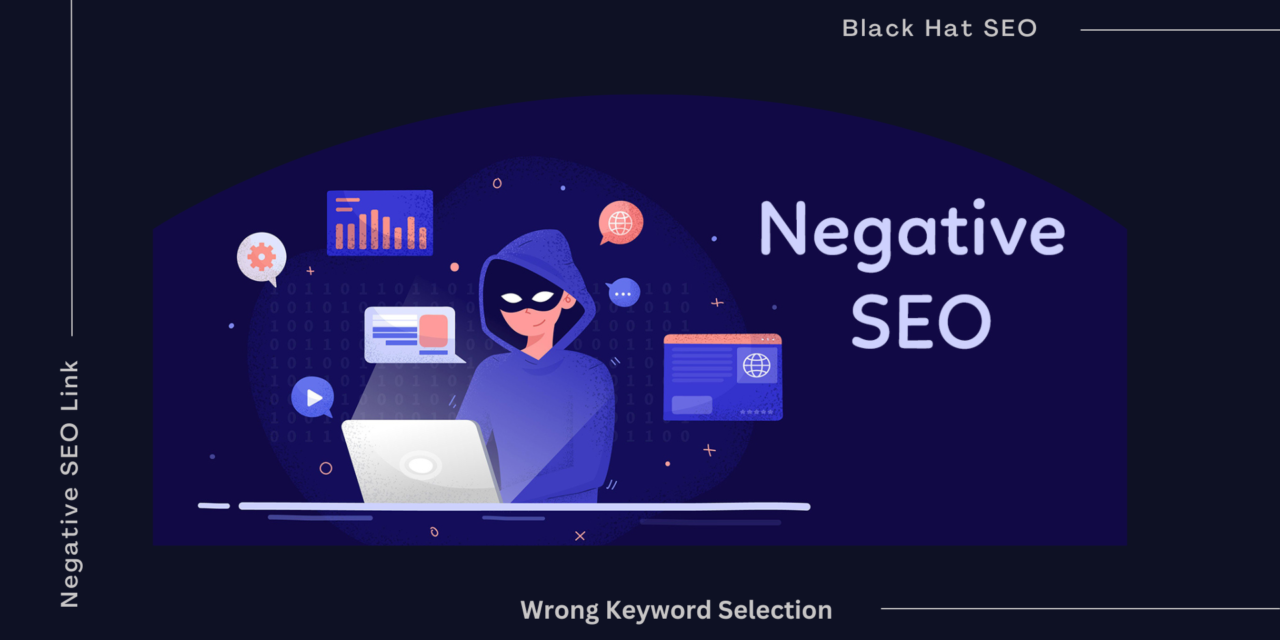Negative SEO is a sneaky and unethical strategy that some people or corporations use to harm their competitors’ search engine rankings. This malicious tactic involves using various methods such as creating spam links, posting fraudulent negative reviews, and even hacking into the target website. The result of this unfair practice can be devastating, as it can cause a significant drop in website traffic and revenue. This article will explore the best ways to safeguard your website from negative SEO attacks and maintain your search engine ranking.
Identify and monitor your backlinks
Backlinks are a vital factor in determining your website’s search engine ranking. However, not all backlinks are created equal. Some unscrupulous individuals can create low-quality backlinks to your website, harming your search engine ranking. Examining your backlinks and disavowing any harmful ones regularly is crucial to prevent this.
To identify your backlinks, you can use Google Search Console. Sort the links according to their domain authority and review them. If you come across any spam websites or substandard links, disavow them. Google has a disavow tool that allows you to remove harmful links from your backlink profile.
Create high-quality content
Creating compelling and top-notch content is an effective way to maintain your search engine ranking. Google rewards websites that offer valuable content to their users. You can increase user engagement and decrease your website’s bounce rate by producing high-quality content.
Focus on generating long-form content that provides in-depth insights into your industry or niche. Include relevant keywords in your content, but avoid overstuffing them. Make sure your content is well-structured, easy to read, and provides value to your users.
Protect your website from malware and hacking
Hackers can use negative SEO tactics such as injecting malicious code or creating spam pages on your website. This can cause a significant drop in your search engine ranking and damage your website’s reputation. To prevent this, conducting regular malware scans on your website and keeping your software up-to-date is essential.
Use a web application firewall (WAF) to safeguard your website from attacks like SQL injection and cross-site scripting. You can also use a security plugin such as Word-fence or Sucuri to monitor your website for malware and hacking attempts.
Monitor your brand mentions
Negative SEO can also involve creating fake negative reviews and social media mentions. Monitoring your brand mentions can help you identify any fraudulent reviews or mentions and take the necessary steps.
Use tools such as Google Alerts or Mention to track your brand mentions. If you find any negative mentions, investigate them, and take the appropriate action. You can also respond to negative reviews and address the user’s concerns, which can help turn a negative situation into a positive one.
Conclusion
Negative SEO is a severe threat that can damage your website’s search engine ranking and reputation. Following the best practices outlined in this article, you can protect your website from negative SEO attacks and maintain your search engine ranking. Continuously monitor your backlinks, create high-quality content, safeguard your website from malware and hacking, and track your brand mentions. By implementing these measures, you can ensure that your website remains competitive and attracts high-quality traffic.
FAQ
Q1: What is negative SEO?
A1: Negative SEO is a malicious tactic some individuals or companies use to harm their competitors’ search engine rankings by creating spam links, posting fake negative reviews, and hacking the website.
Q2: How can backlinks affect my website’s search engine ranking?
A2: Backlinks are critical in determining your website’s search engine ranking. Low-quality or spam backlinks can lead to a decline in search engine ranking, while high-quality back.
Q3: How can I protect my website from negative SEO attacks?
A3: You can protect your website from negative SEO attacks by regularly monitoring your backlinks, creating high-quality content, protecting your website from malware and hacking, and monitoring your brand mentions.
Q4: How can I monitor my backlinks?
A4: You can use Google Search Console to identify the backlinks to your website and sort them by their domain authority. Review the links and disavow any low-quality or spam ones. Google provides a disavow tool that allows you to remove harmful links from your backlink profile.
Q5: How can I monitor my brand mentions?
A5: You can use tools like Google Alerts or Mention to monitor your brand mentions. If you find any negative mentions, investigate them and take appropriate action. You can also respond to negative reviews and address the user’s concerns to turn a negative situation into a positive one.





